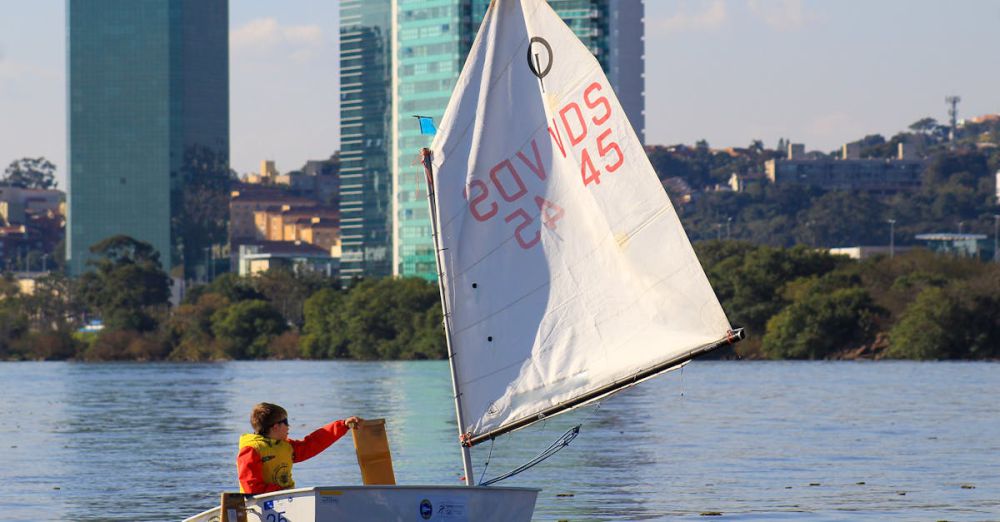How Do You Paddle in Strong Winds
Paddling in strong winds can transform a serene day on the water into a challenging adventure. Whether you’re kayaking, canoeing, or stand-up paddleboarding, understanding how to maneuver in these conditions is essential for both safety and enjoyment. Wind can create choppy water, push you off course, or even capsize your craft if you’re not prepared. This article will provide you with practical tips and techniques to paddle effectively in blustery conditions.
Understanding Wind Effects
Before you hit the water, it’s crucial to comprehend how wind interacts with your craft. Wind can push against you from various directions, affecting your speed and stability. A headwind will slow you down, while a tailwind can propel you forward faster than expected. Side winds can be particularly treacherous, causing your craft to drift off course and potentially leading to capsizing. By understanding these effects, you can adjust your technique and maintain control.
Adjusting Your Stance
Your stance on the board or in the kayak plays a significant role in how well you can handle wind. For paddleboarders, stand with your feet shoulder-width apart and knees slightly bent. This position lowers your center of gravity and enhances stability. Kayakers should sit with an upright posture, ensuring that their weight is evenly distributed. Keeping your body loose yet engaged allows for better responsiveness to sudden changes in wind direction.
Utilizing Proper Paddle Techniques
Paddle technique is paramount when battling strong winds. Use a shorter, more powerful stroke to maintain control. Instead of long, sweeping strokes, focus on quick, effective movements that allow your paddle to enter and exit the water swiftly. When facing a headwind, angle your paddle slightly forward to create a more forceful push against the wind. Conversely, when paddling with a tailwind, employ a more relaxed stroke, allowing the wind to assist you without losing control.
Be Mindful of Your Direction
Choosing the right direction to paddle can make a significant difference. When you’re battling strong winds, it’s often best to paddle at an angle rather than directly into or away from the wind. This technique, known as “crabbing,” allows you to maintain your course while minimizing the impact of the wind. By aligning your craft at a 45-degree angle to the wind, you can cut through the water more efficiently and reduce the strain on your arms.
Navigating Waves
Strong winds often create waves that can further complicate your paddling experience. When facing waves, lean slightly forward to keep your weight over the nose of your craft, preventing it from being pushed sideways. In a kayak, use your torso to drive your strokes, engaging your core for added power. When dealing with side waves, keep your paddle low and brace with your body to maintain balance. Anticipating the waves and reacting promptly will help you glide over them instead of getting caught.
Planning Your Route
Before embarking on your paddling journey, carefully plan your route. Check weather forecasts and wind conditions to gauge potential challenges. If the winds are particularly strong, consider sticking to areas with natural windbreaks, such as bays or coastlines. Always have an exit strategy in mind, and don’t hesitate to adjust your plans if conditions become too severe. Being flexible and prepared can make all the difference in ensuring a safe experience.
Safety First
Never underestimate the power of strong winds. Always wear a personal flotation device (PFD) and consider carrying a whistle or other signaling device. Let someone know your planned route and expected return time. If conditions worsen, prioritize your safety and seek shelter or return to shore.
Navigating windy conditions is a skill that requires practice and patience. By understanding wind effects, adjusting your stance, utilizing proper techniques, and planning your route, you can enjoy paddling even when the winds are strong. Embrace the adventure, learn from each experience, and remember that every challenging gust is an opportunity to improve your skills.







